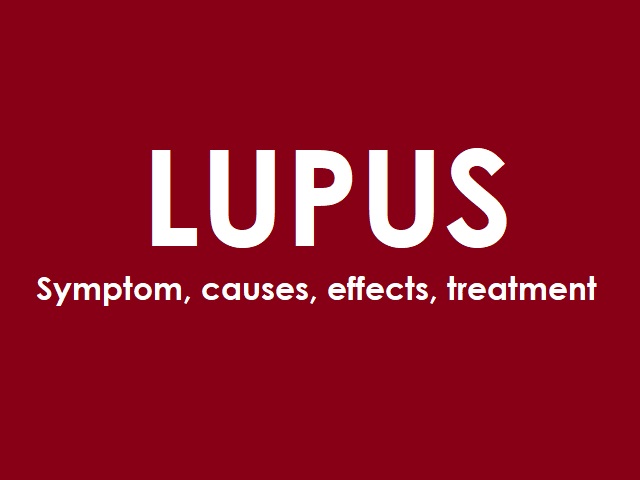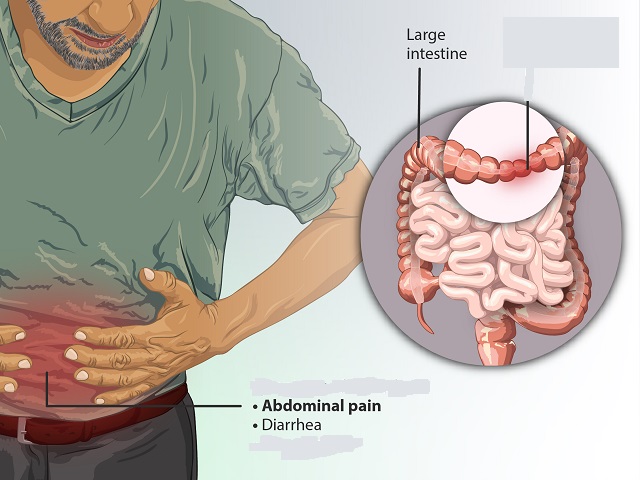7 Signs You May Have Neuroblastoma -- Symptoms, Causes, Effects, Treatment and Prevention
Neuroblastoma is a type of cancer that forms in immature nerve cells called neuroblasts. It primarily affects infants and young children. Neuroblastoma can develop in various parts of the body, most commonly in the adrenal glands, abdomen, chest, or pelvis. Here is an overview of the symptoms, diagnosis, causes, effects, treatment, and prevention of neuroblastoma:
Symptoms of Neuroblastoma:
The symptoms of neuroblastoma can vary depending on the location and extent of the tumor. Common signs and symptoms may include:
- Abdominal pain or swelling
- A lump or mass in the abdomen
- Swelling or visible protrusion of the eyes
- Bone pain
- Fatigue
- Loss of appetite and weight loss
- Fever
Diagnosis of Neuroblastoma:
Diagnosing neuroblastoma involves several tests and procedures, including:
- Physical examination: A doctor will conduct a thorough physical examination to check for signs of a tumor and evaluate the child's overall health.
- Imaging tests: Various imaging techniques such as ultrasound, CT scan, MRI, or MIBG scan are used to visualize the tumor, determine its size, location, and extent of spread.
- Biopsy: A sample of the tumor tissue is taken and examined under a microscope to confirm the diagnosis of neuroblastoma.
- Bone marrow aspiration and biopsy: These tests are performed to determine if the cancer has spread to the bone marrow.
- Genetic testing: Some genetic tests may be done to identify specific gene mutations associated with neuroblastoma.
Causes of Neuroblastoma:
The exact cause of neuroblastoma is still unknown. However, certain factors may increase the risk of developing this cancer, including:
- Genetic mutations: Some genetic mutations inherited from parents or occurring during fetal development are associated with an increased risk of neuroblastoma.
- Family history: Having a sibling or parent with neuroblastoma increases the risk of developing the disease.
- Age: Neuroblastoma primarily affects infants and young children.
Effects of Neuroblastoma:
Neuroblastoma can have various effects on the child's health and well-being, including:
- Tumor-related complications, such as organ dysfunction or compression of nearby structures.
- Spread of the cancer to other parts of the body, leading to metastasis.
- Emotional and psychological impact on the child and family due to the diagnosis and treatment process.
Treatment of Neuroblastoma:
Treatment options for neuroblastoma depend on the stage of the cancer and the child's age. Treatment may include:
- Surgery: Surgical removal of the tumor is often the first step, aiming to remove as much of the cancer as possible.
- Chemotherapy: Medications are used to kill cancer cells and shrink the tumor before surgery or to treat cancer that has spread to other parts of the body.
- Radiation therapy: High-energy radiation is targeted at specific areas to kill cancer cells or relieve symptoms.
- Immunotherapy: This treatment uses the body's immune system to recognize and destroy cancer cells.
- Stem cell transplant: In some cases, high-dose chemotherapy is followed by a stem cell transplant to replace damaged bone marrow with healthy stem cells.
Prevention of Neuroblastoma:
Currently, there are no known ways to prevent neuroblastoma. However, early detection and timely treatment are essential for improving outcomes. Regular medical check-ups and prompt evaluation of any concerning symptoms can help in early diagnosis and treatment.
References:
American Cancer Society. (2021). Neuroblastoma in Children. Retrieved from https://www.cancer.org/cancer/neuroblastoma.html
National Cancer Institute. (2021). Neuroblastoma Treatment (PDQ)–Patient Version. Retrieved from https://www.cancer.gov/types/neuroblastoma/patient/neuroblastoma-treatment-pdq














